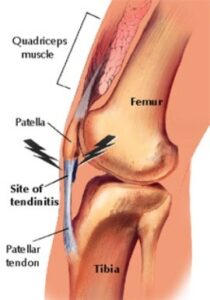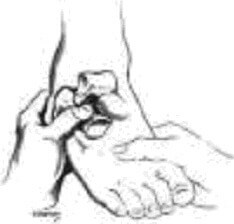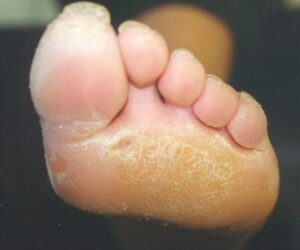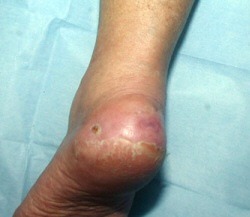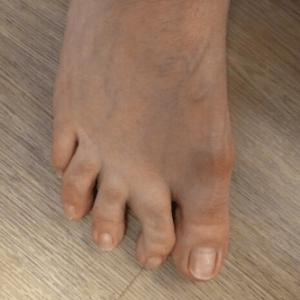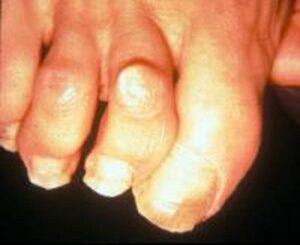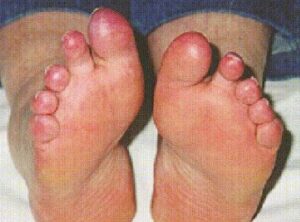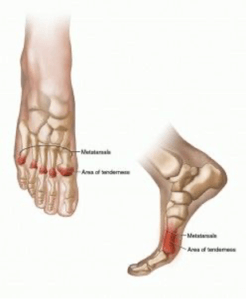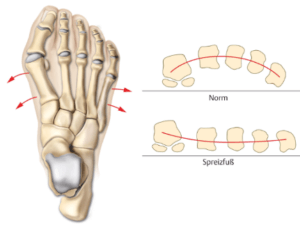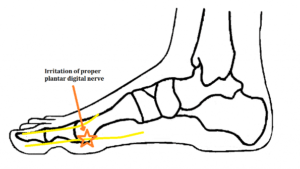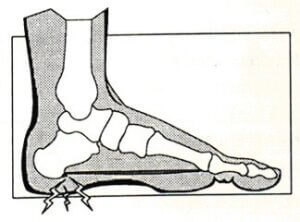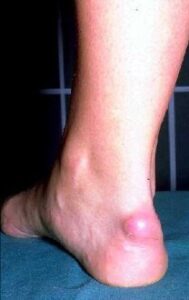INDICATIONS
What are indications to go to the podiatrist?
Indications of podiatry
How important foot health is for your overall well-being is usually only realized when complaints occur.
If you have foot complaints, but also tired legs, burning soles or even knee, hip and back problems, it is advisable to have your feet checked. The human foot is a very complex body part that has many tasks for body statics and movement. Foot problems can occur due to predisposition, one-sided loading and unsuitable footwear.
However, long-term and one-sided loading under non-optimal conditions places great demands on muscles and joints. (Intensive) sports practice places a great deal of strain on the feet, ankles and knees. With optimal sports shoes and fitted sports soles, possible incorrect developments can be countered very well.
Despite the most suitable (sports) shoe for you, walking comfort can often be improved by means of individually fitted soles.
In addition, pain can often be immediately reduced in rheumatic patients, while in diabetics wounds on the foot due to overpressure can be avoided.
Below is an overview of possible indications for podiatry upon referral from the GP, as these complaints are treated weekly by the podiatrist.
Complaints of the hip/pelvis/low back
1. Groin complaints (psoas busitis)
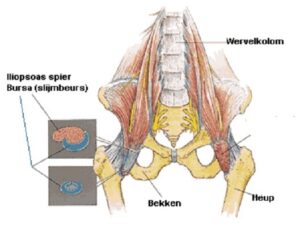
Check for leg length discrepancies and deviations in the position of the legs and feet. If these are found, corrective insoles and/or a heel increase are applied to compensate for the leg length difference.

- Check for leg length discrepancy, if necessary raise the heel to compensate.
- An abnormal position and/or function of the feet affects the position and function of the pelvis and spine. Eliminating the cause with corrective podiatric insoles.
- If there is insufficient cushioning while walking, use shock-absorbing podiatric insoles.
- Shoe advice
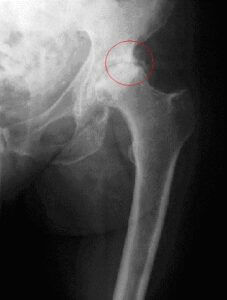
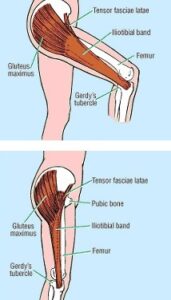
Complaints of the knee/thigh
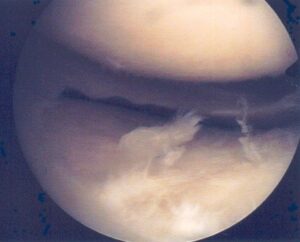



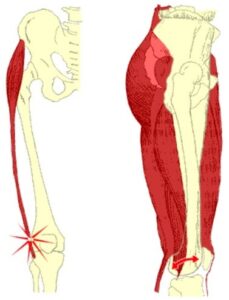
Complaints of the ankle/lower leg

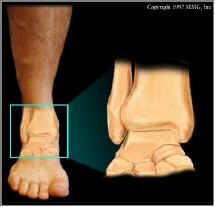

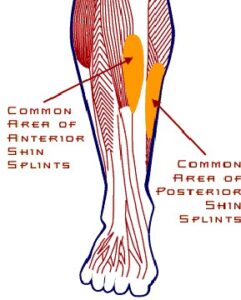
Complaints about the foot
Skin
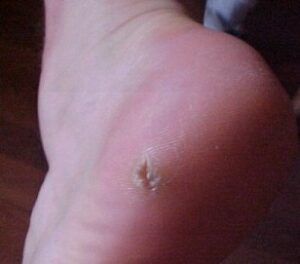
Toes
Forefoot

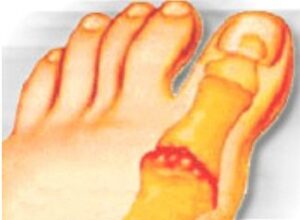
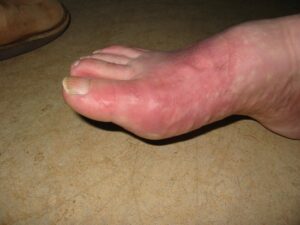
9. Fracture of the 2nd metatarsal bone (mars fracture)
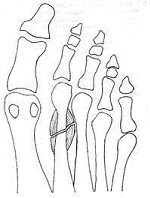
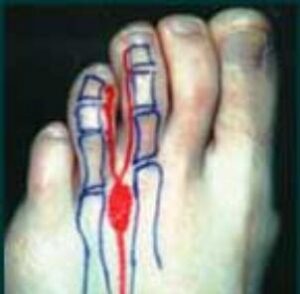
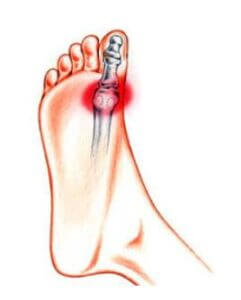

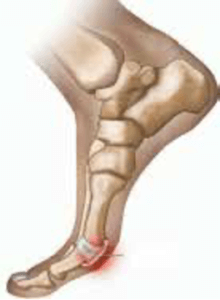
Metatarsal
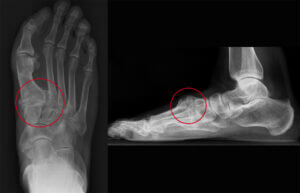
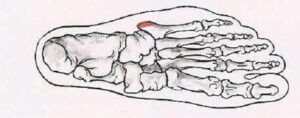
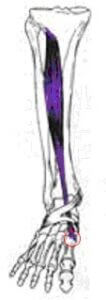
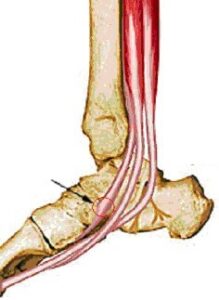
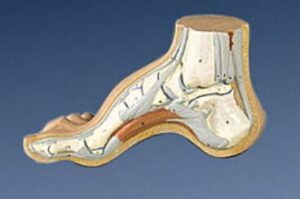

Hindfoot
1. Joint inflammation (arthritis) at the joints of the metatarsal

2. Subcutaneous inflammation of the bursa at the level of the Achilles tendon (subcutaneous Achillei bursitis)
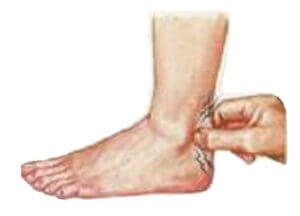
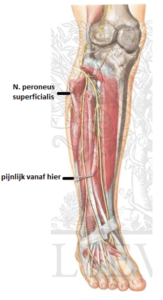

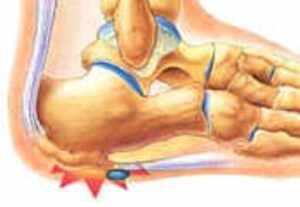

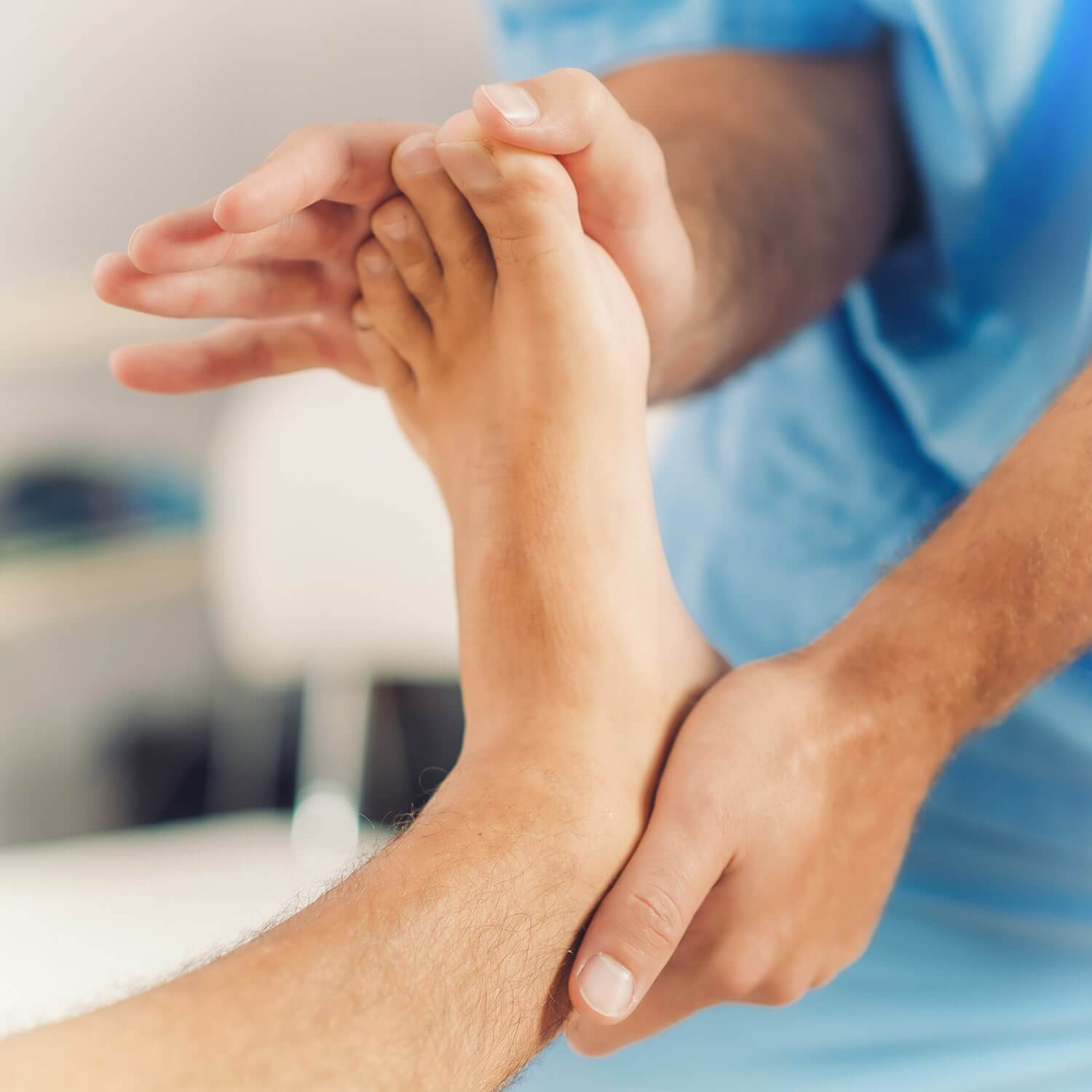
We take care of your feet. You take the next step.
Leave your name and telephone number so that we can call you back as soon as possible for an appointment.
